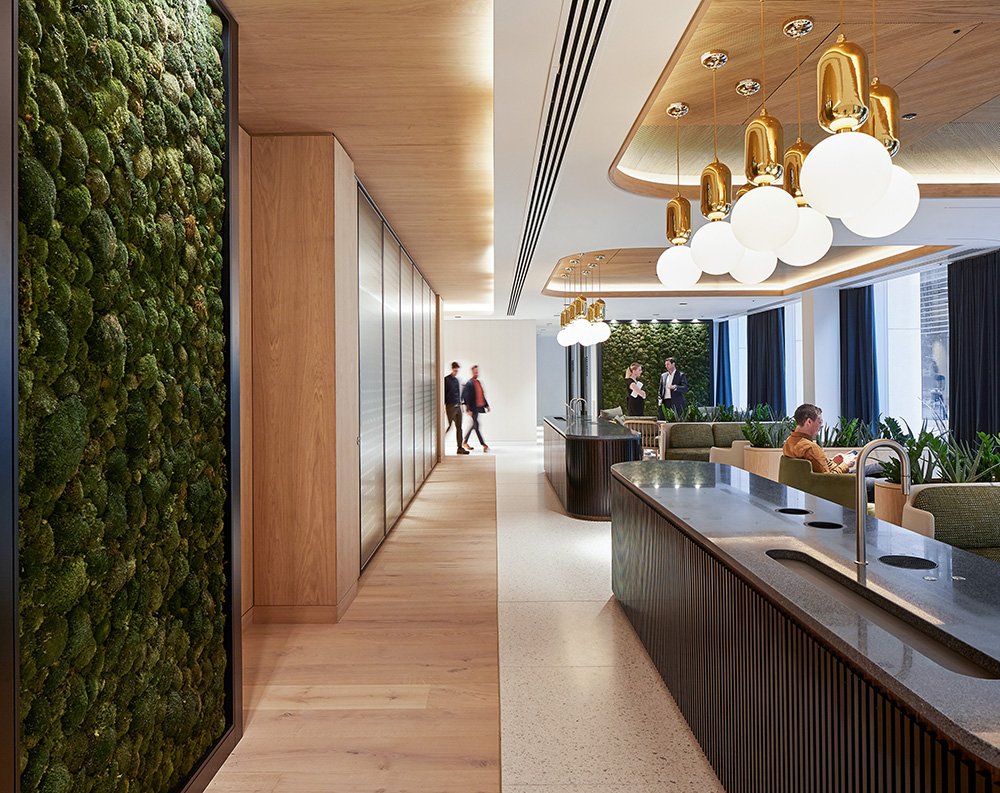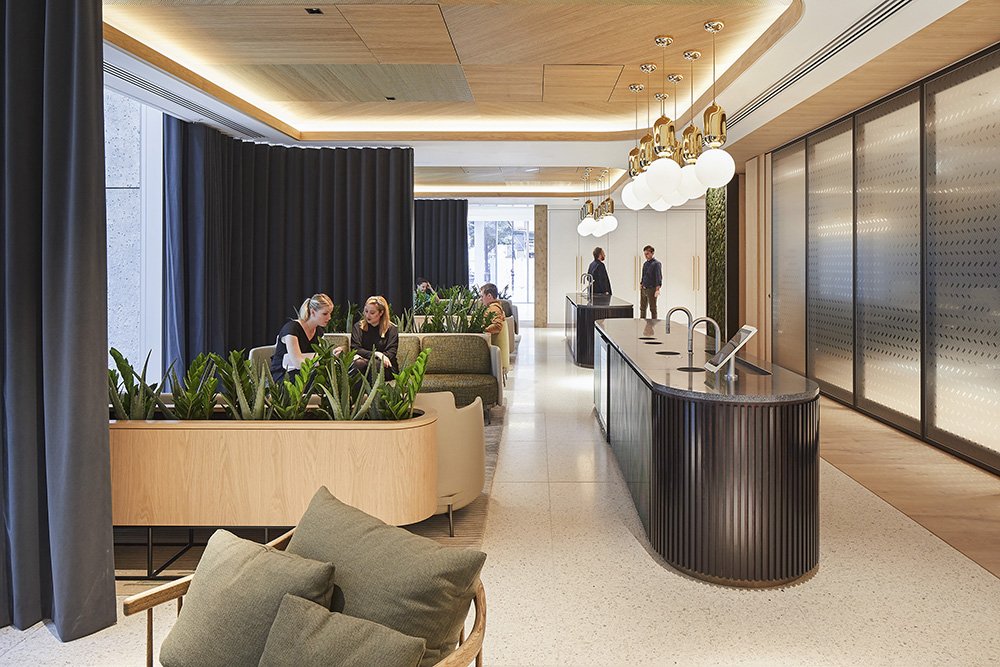Ark News + Thoughts
What can designers learn from a workplace psychologist?
July 26, 2023
Carlotta Dove, EMEA Strategy Lead at Ark with HLW, on the importance of her role at an architecture and interiors practice and the rise of neuroaesthethic principles in design.
As a Workplace Strategist in an international architecture and interiors practice, it’s exciting (and a relief) that the relationship between design and employee experience in the office is being better understood. It only took a global pandemic and seismic shift in our work/life practices, but finally, businesses are realising that happy staff can also mean a healthy bottom line.
My role at HLW involves engaging with all levels of the workforce, from employees to middle management and the C-Suite, via qualitative and quantitative methods before creating strategies to deliver spaces that are as functional as they are beautiful. While I don’t measure people’s brainwaves – much as it might be fun to do! – the result of my research can offer an effective tool to guide designers while managing client expectations.
Theory vs Practice
When it comes to designing the best possible workplace environment, many designers do so intuitively. Their experience gives them an understanding of how a space should be laid out and the impact it would have on how people feel – and crucially how they function – when they come to work.
However, during my career working as a strategist and research psychologist, I have often witnessed discrepancies between what designers believe to be a good office environment and how the end user experiences it. Conversely, I’ve seen at close hand the positive impact a well-designed, properly thought-out workspace has on those who use it regularly.
Having a workplace strategy team as an integral part of a design studio means that they can be brought in from the very beginning – acting as a mediator between the creative minds of designers and the functional needs of clients.
This doesn’t mean that psychology and design don’t work together. Quite the opposite: multiple studies have found that beautiful yet functional design is actually at the core of people’s happiness in the workplace. This is one of the key principles of the neuroaesthetic theory.
Connecting with nature
Developed as a concept by UK neurobiologist Semir Zeki at the end of the last century, neuroaesthetics is a field of research which examines how our appreciation and absorption of art, colour and other aesthetic stimuli, such a nature, impacts how our brains function.
This has been a relatively novel concept in the design industry, but designers are now beginning to appreciate its potential, by incorporating its principles into their designs, helping inform the delivery of office environments which benefit their occupants’ health and enhance their work-based experience.
Of the many strands of thought around neuroaesthetics, the impact of introducing nature into an office is perhaps the easiest to appreciate, since the human brain has an innate tendency to seek connections with nature.
Several studies have proved that young adults perform better and get more enjoyment from their time in school if their immediate surroundings feature plants; it’s encapsulated in an approach known as biophilia – a love of living things – and it doesn’t take a huge leap of imagination to see that a similar tactic would work in an office space. Fixtures and furnishings can also take a leaf out of nature’s book.
Creating in a workplace layout the sort of smooth, flowing lines that are typically found in nature, rather than populating it with sharp or jagged edges, is another option. Meanwhile, good clear sight lines within an office can foster a sense of community and collaboration, and while I’m not proposing workers stare out of a window all day, having a great view can empower people by brightening their mood.
These are not simply anecdotal observations; they are backed up by scientific research.
Catering for everyone
We also ought to consider neurodiversity and design workplaces that cater for and celebrate difference, offering all occupants a sense of safety and security. We can respond to how different people react to certain stimuli so that they aren’t overloaded or made to feel uncomfortable by having specific areas with soft lighting, neutral colours, or reduced noise levels.
Armed with this information, and supported by the experience of a workplace strategist, a designer should be able to create a workplace environment where people feel they can work comfortably. It is about working towards a balance within a space, creating a luminance and a mood; one which will appeal to us, albeit at a subliminal level in a number of cases.
As a global practice that has been designing office spaces for over 150 years, HLW recognises the contribution that human-centric workplace strategy can bring to the design process. It’s common to see workplace strategists at American design studios, but less can be said about their British counterparts. It’s about time that British practices start taking advantage of workplace psychology when designing for the next generation.
As seen on Mix Interiors




